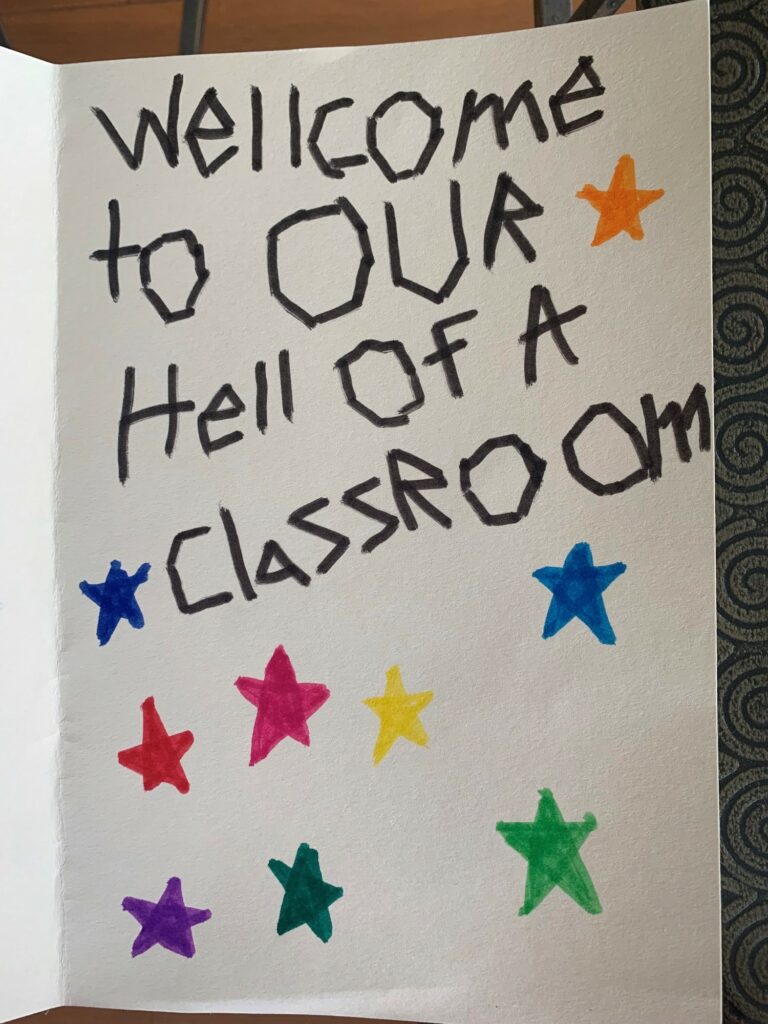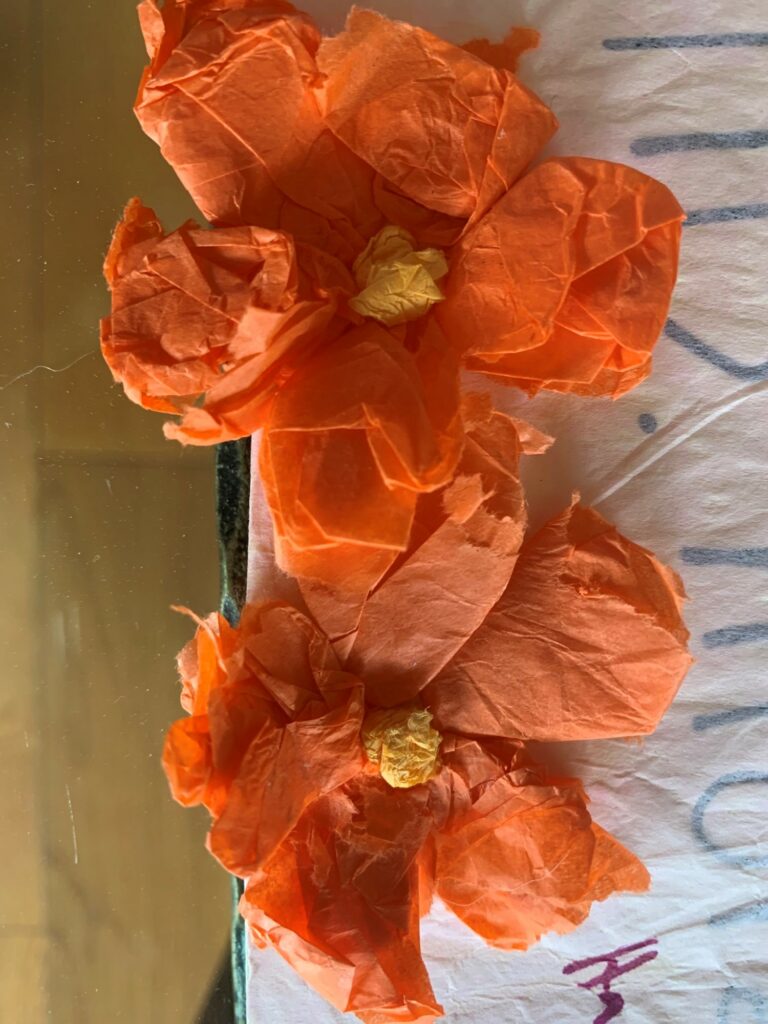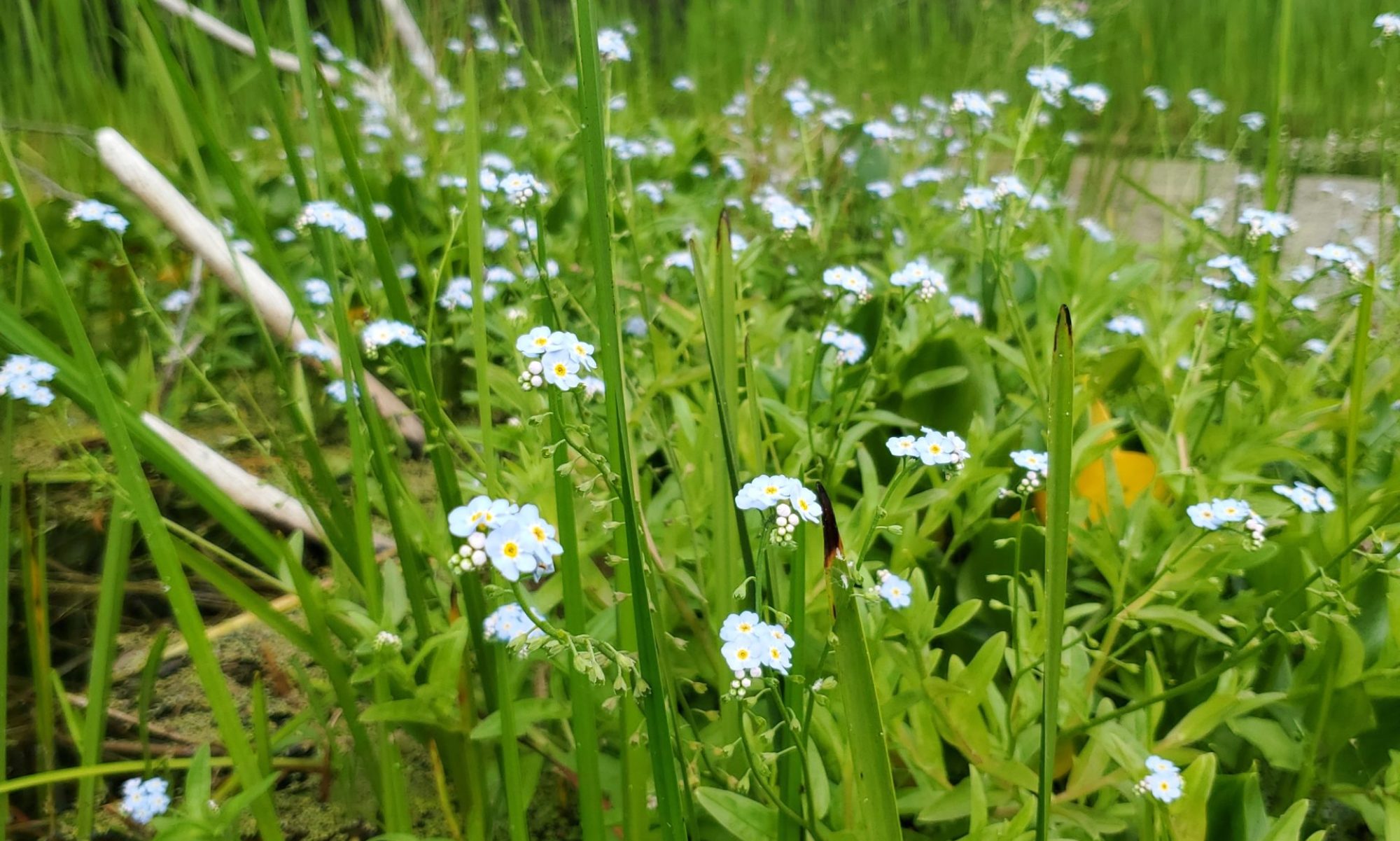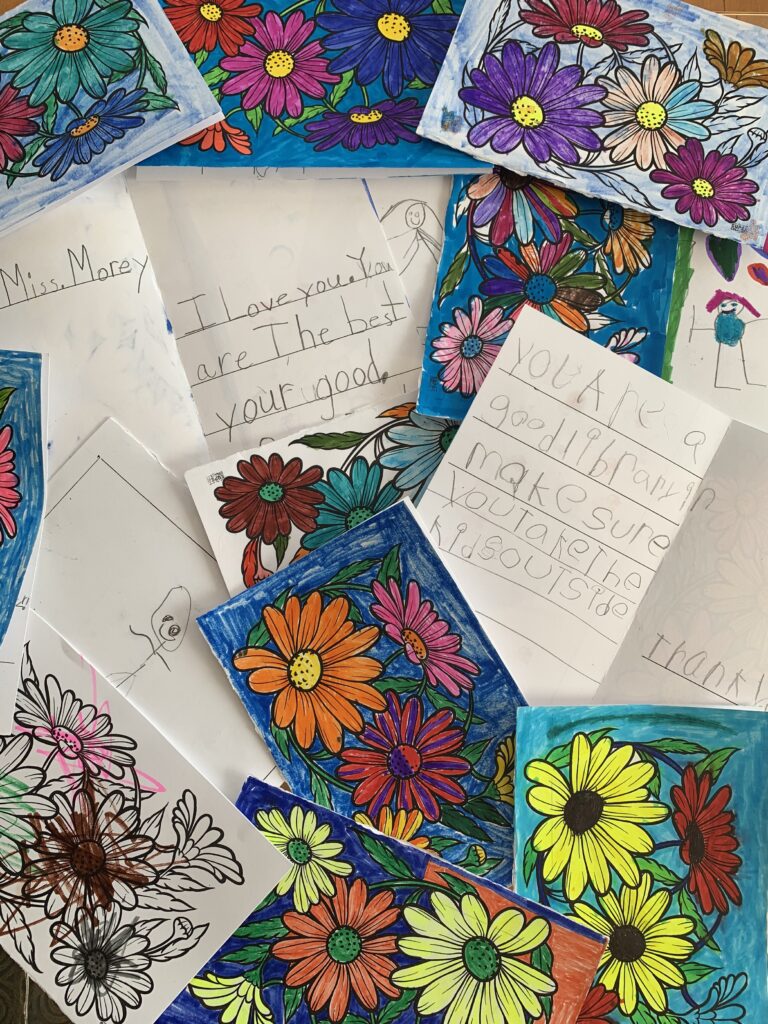Who am I as a teacher?
This past practicum was one of the most challenging experiences that I have ever had to endure for such a long amount of time. It was challenging because of time constraints, behaviours in the class, difficulties in connecting with the students, and even with my own mental health acting as a blockade for creative thought. That all being said, I feel as though throughout the course of these past four weeks I have been experiencing growing pains, not struggles, because while I had my moments of self-doubt I have come through on the other side so incredibly proud of myself, of my students, and confident in my abilities as a teacher.
Strengths
While going through these growing pains that accompanied practicum, I was able to draw strengths out of myself that I did not even know that I had. I am most proud of my ability to create and reinforce boundaries, for myself as well as on behalf of my students. There were certainly times where I was so exhausted and frustrated that it would have just been easier to let the students argue their way out of an activity, or maybe even just to let them talk during an assignment time instead of reminding them to work independently, but I persevered and drew strength from my boundaries and expectations. I found that this was the right thing to do because while it maybe some days made me the least favourite person in the classroom, the students still learned the material and ultimately respected me more because of it. In a grade 6/7 class of 27 students and no Education Assistants, only 1 official IEP and several students who likely needed them, I grew to understand what my role in that classroom needed to be, and while some days my role included foot races in the field as recess, my role was first and foremost to be the teacher, the protector, and to provide guidance for the students around me. Without an ability to stay strong with my boundaries and expectations I would be over powered and out numbered because of the time in the school year and the sheer will power of the students, but at the end of it all I have found that I respect myself immensely for the effort I put into setting boundaries.
Stretches
An element of this practicum that I struggled with (and still struggle to wrap my head around) is recognizing, understanding, and adapting to different behaviours in the classroom. With my experiences in primary grades I could usually soothe an upset student easily because they often express their emotions outright (crying because they are hurt or sad, lashing out because they are angry) but with intermediate, I found that the students would hide their emotions behind a metaphorical brick wall. Nearly every day of my practicum I experienced students who simply would not reply to my saying “Good morning” or reminding them to stay on task and work on their assignment. No tears, no lashing out, just silence and a refusal to communicate. From this behaviour I could definitely tell that something was wrong, or that the student had something blocking them from being able to act like themselves and participate, however I could never quite get around that brick wall to see what the problem was and what I could do to fix it. I feel like more time with the students and more confidence in myself will help me get through to them in the future, yet I still cannot help but feel sad that I was not able to do this for the students in this EDUC 490 practicum. I had many days during this practicum where I would go home in tears at the end of the day because the students shut me out, or projected their negative emotions onto me through misbehaviours, and when venting to those around me I was almost always met with “Well maybe intermediate just isn’t for you.”, but that is not the problem here. The problem is that I cared SO MUCH for the students that all I wanted was to be able to help them identify their emotions and work through it with me so that school could be a more positive environment. I will know that I have grown in this regard when I am able to make those connections with the students emotionally, and I feel like I can do that when I am in a position to be able to properly influence the classroom environment and have more time to connect with the students. I also feel like I could really use some time with perhaps a school counsellor or maybe even just some outside research on intermediate student behaviour so that I can better recognize and react to the social cues that I was missing.
Favourite Memory
I have quite a lot of favourite memories from this practicum because we got to do so many fun and exciting projects during my time there. However, I would have to say that my favourite memory was a multi-day, multi-step project that I thought of (with the help of the amazing Adrienne Gear) that I got to lead the students through each step of the way. For this project I had the students work either independently or in groups of two or three and create Biographies (or Autobiographies) from scratch about the people around them. We started with a lesson on what a biography is, then they moved into an interview process, they had a chance to look at published biographies and eventually moved into two computer lab times where they could type up and style their written work. My favourite part of the process was when I did mini-conferences with each of the students because it gave me the opportunity to connect with them individually and personally about their work. During the mini-conferences I provided them with 2 Stars and a Wish styled feedback and then sent them back to work. The most magical part? I got to see the students use my guidance and feedback to help develop their own work right before my very own eyes. Now, I am left with a handful of personally written, revised, and printed work from the students who have taught me so much. These biographies are beautiful to me because they are all so different in content and writing styles (and most of them are hilarious) and they will forever be a reminder for myself that I created that learning environment and that I led them through that learning.




